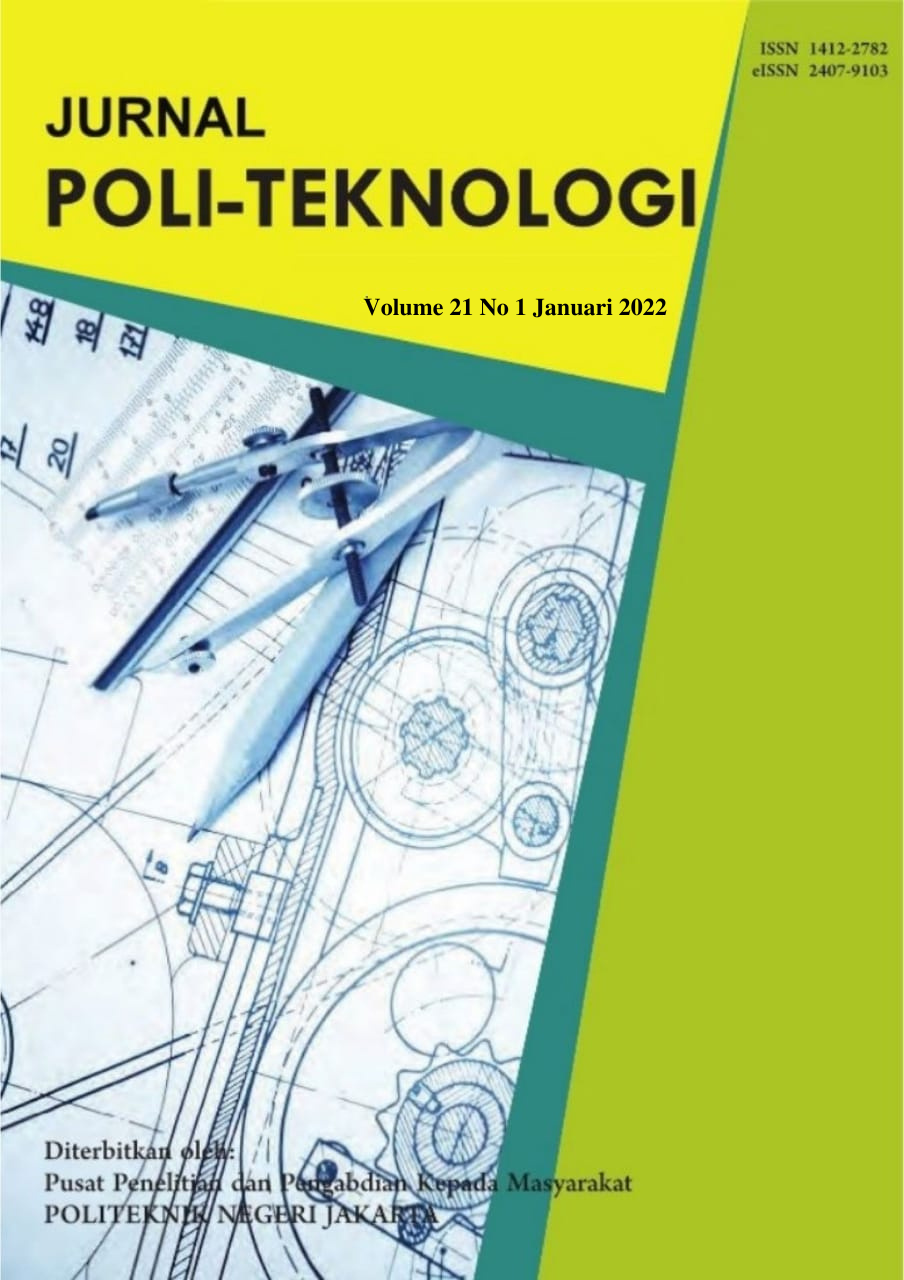KINERJA BETON SELF COMPACTING CONCRETE DENGAN BAHAN TAMBAH LIMBAH POLYETHYLENE TEREPHTHALAE
DOI:
https://doi.org/10.32722/pt.v21i1.3341Keywords:
Compressive strength, PET, SCC.Abstract
Self Compacting Concrete (SCC) is only has high flow and pass abilities at the formwork and reinforcement
systems, but also no required vibration work for compaction. This research aims to investigate the physical
and mechanical behavior of fresh and hard concrete. This research was arranged by making SCC concrete
specimens with an initial 0.3 according to ACI 211.4R- 93, and statistical methods of regression with SPSS.
Objects were tested using a polyethylene terephthalae (PET) variation of 0%, 0.30%, 0.50%, 1.00% and
0.8% superplastisizer. The physical behavior of the concrete SCC which were tested consists of flowability,
passing ability, binding time and weight. For the mechanical behavior of concrete SCC which were tested
consists of compressive strength, split tensile strength, tensile strength, and elastic modulus. The results of
this research indicate that the use of PET in SCC can increase the passing ability by 0.92, PET can increase
the weight value of SCC up to 1.16%. SCC binding time with 0.50% PET has the fastest binding time of
232 minutes. The compressive strength of concrete using 1.00% PET at the age of 3, 7, 14, and 28 days
had the greatest value. The split tensile strength of 1.00% PET has the largest value, spesifically 2.48 Mpa.
In the flexural tensile strength test, the use of 0.50% PET and 1.00% PET increased the flexural strength
by 6.45% -17.37% compared to the flexural strength at 0% PET. The modulus of elasticity increased in all
variations of PET by 8.34% -25.08% compared to SCC without PET. Based on testing the quality of fresh
concrete and hard concrete, the optimum variation in the use of PET is 1.00%
Keywords: Compressive strength; PET; SCC
Downloads
References
EFNARC, “Specification and Guidelines for Self-Compacting Concrete,” Rep. from EFNARC, vol. 44, no. February, p. 32, 2002, doi: 09539733 4 4.
M. N. Lutfian Pura, D. Nurtanto, and W. Y. Widiarti, “Penggunaan Limbah Plastik Daur Ulang Sebagai Pengganti Agregat Halus Pada Beton Scc (Self Compacting Concrete),” Digit Repos. UNEJ, pp. 1–91, 2017, [Online]. Available: http://repository.unej.ac.id/handle/123456789/82835.
G. R. Mass et al., “Guide for Selecting Proportions for High=Strength Concrete 2ith Portland Cement and Fly Ash,” ACI Mater. J., vol.90, no. 3, 1993, doi: 10.14359/9754.
SNI 1972:2008, “Cara Uji Slump Beton,” Badan Standar Nas. Indones., p. 5, 2008.
S. N. Indonesia and B. S. Nasional,“beton memadat sendiri dengan L-Box,” 2017.
B. S. Nasional, “SNI 03-1973-1990 Standar Nasional Indonesia Metode Pengujian Berat Isi Beton,” 1990.
Badan Standardisasi Nasional, “SNI 03- 1974-2011 Cara Uji Kuat Tekan Beton dengan Benda Uji Silinder,” Badan Stand. Nas. Indones., p. 20, 2011.
SNI 03-2491, “Metode pengujian kuat tarik belah beton,” Badan Standar Nas. Indones., p. 14, 2002.
SNI 4431:2011, “Cara uji kuat lentur beton normal dengan dua titik pembebanan,” Standar Nas. Indones., p. 16, 2011.
Sugiyono, “Statistik Untuk Penelitian” pp. 1–370, 2007, doi: 10.1016/S0969- 4765(04)00066-9.
L. Botol, P. Polyetylene, T. Pet and R. Armidion, “Peningkatan nilai kuat tarik belah beton dengan campuran limbah botol plastik polyetylene terephthalate (pet),” pp. 117–126, 2018.
A. Setiawan and A. A. Masagala, “Pengaruh Penambahan Serat Limbah Plastik Polyethylene Terephthalate (Pet) Dengan,” pp. 8–9, 2019.
Downloads
Published
How to Cite
Issue
Section
License
Copyright (c) 2022 Jurnal Poli-Teknologi

This work is licensed under a Creative Commons Attribution-ShareAlike 4.0 International License.







